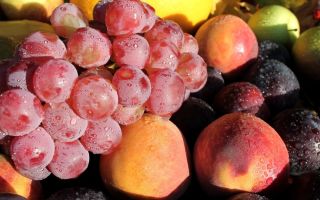Content
Foods containing oxalic acid are essential for the healthy functioning of the body. But in some cases it can be harmful, so it is important to know not only where it is contained, but also what it affects.
What is Oxalic Acid
Oxalic acid is a strong organic compound from the group of carboxylic acids. In nature, the salts and esters of this compound, or oxalates, can be found in sorrel, rhubarb and spinach, as well as in foods rich in potassium, magnesium and iron.
The acid found in plants and foods is organic and has benefits for human health. There is also an inorganic oxalic compound, a highly toxic chemical reagent with strong bleaching and cleaning properties.
The benefits of oxalic acid
A substance of natural origin in small quantities has a beneficial effect on the body:
- improves the functioning of the reproductive system and is beneficial for amenorrhea and infertility;
- helps to align the hormonal background and well-being with menopause in women;
- relieves headache;
- benefits in the treatment of sinusitis and sinusitis;
- has a positive effect on tuberculosis;
- has a beneficial effect on the stomach and intestines, as it speeds up metabolism.
The compound has a disinfectant effect and helps fight dangerous bacteria such as cholera and typhoid fever. Oxalates can be beneficial in the treatment of tuberculosis.
Oxalic acid harm
Despite its beneficial properties, oxalates in excess can be harmful:
- Excessive consumption of foods with oxalates impairs calcium absorption. As a result, stones form in the kidneys and bladder. When they reach large sizes, they can injure mucous membranes and cause bleeding.
- Abuse of foods with oxalate salts and esters leads to disorders of the gastrointestinal tract. There is nausea, cramps in the abdomen, deterioration of health is accompanied by weakness and dizziness.
- An excess of oxalates in the body provokes disruptions in the functioning of the respiratory system. There may be a burning sensation in the throat and sinuses, pain in the sternum.
- With an excess of oxalic substances, nervous disorders and cardiovascular diseases can occur.
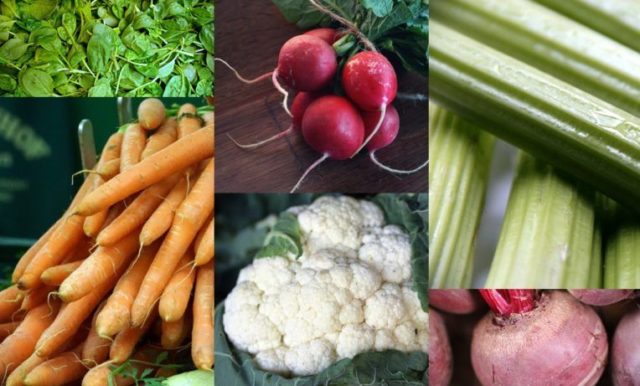
Contraindications to oxalic acid
In large quantities, the chemical compound can harm even a healthy person. And for some ailments, the use of the corresponding products should be completely abandoned.
Oxalates are prohibited in foods when:
- rheumatoid arthritis;
- diabetes;
- gout;
- a tendency to form kidney stones and urinary tract.
Eating foods with an increased level of the substance for ulcers and gastritis is allowed. However, they can be included in the menu only during the period of remission, and not during an exacerbation.
What foods contain oxalic acid
Oxalates are found in small amounts in many vegetables, fruits and berries. But it is possible to identify foods with the highest volumes of oxal salts and esters.
Greens
The record holder for the content of the substance among greens is rhubarb. With minimal processing, after stewing, the product retains about 860 mg of oxalates per 100 g, and 600 mg is present in canned rhubarb.
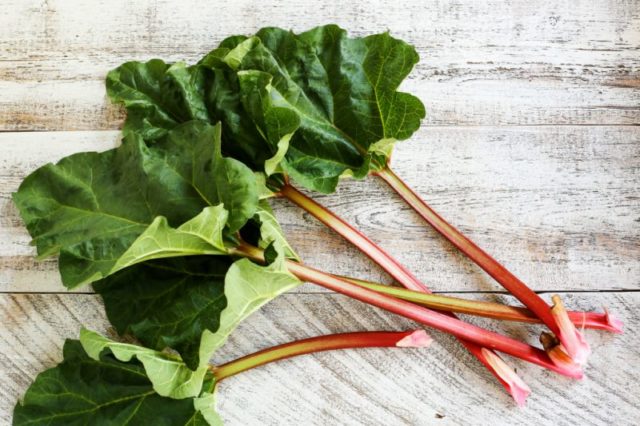
In second place in terms of the content of the compound is spinach. Boiled greens contain 750 mg of the substance, and fresh - about 600 mg. Also oxalates are found in celery - 20 mg.
Coffee and tea
You can get a valuable connection from drinks, primarily from tea. Most oxalates are found in black tea and coffee - 12 to 30 mg per cup. In green and white teas - from 6 to 12 mg.
Also, oxalic compound is found in natural herbal teas, but in much smaller volumes - about 0.84 mg per 100 g of raw materials.
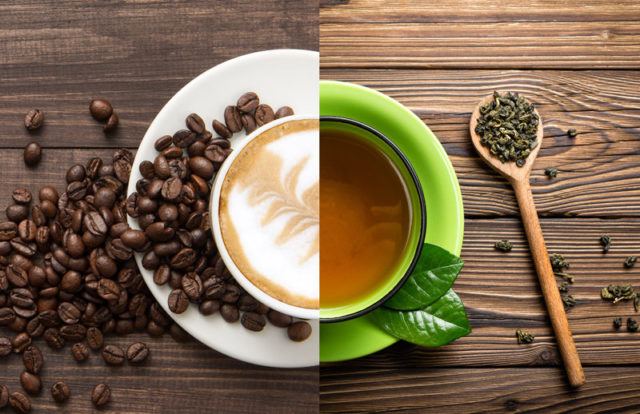
Vegetables and fruits
Vegetables are valuable sources of the substance. The greatest amounts of a useful compound are present in beets - up to 675 mg per serving of 100 g. It also contains:
- in okra - about 145 mg;
- in leeks - 89 mg.

Of the fruits, the most substances contain:
- grapes - 25 mg;
- plum - 10 mg;
- peaches - about 5 mg.
Oxalates are present in large quantities in the exotic carambola fruit. A lot of esters and salts can be obtained from the peel of lemon or lime - up to 110 mg. Fruit should be eaten with extreme caution - an overabundance of natural acids often harms the mucous membranes of the stomach and intestines.
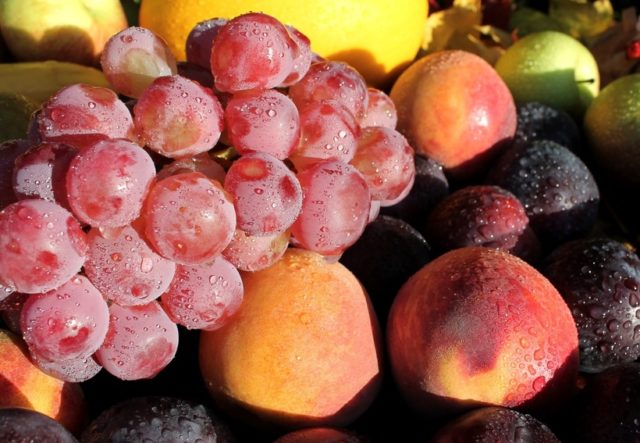
Beans and nuts
Nuts and legumes can provide the body with many beneficial oxalate compounds.
Most of all it can be obtained from:
- pecans - 208 mg;
- peanuts - up to 187 mg;
- green peas - 15 mg;
- asparagus beans - 5 mg.
Wheat sprouts contain high volumes of oxalates - up to 270 mg per 100 g. Therefore, sprouted cereals should be consumed with caution, in large quantities they lead to digestive upset.
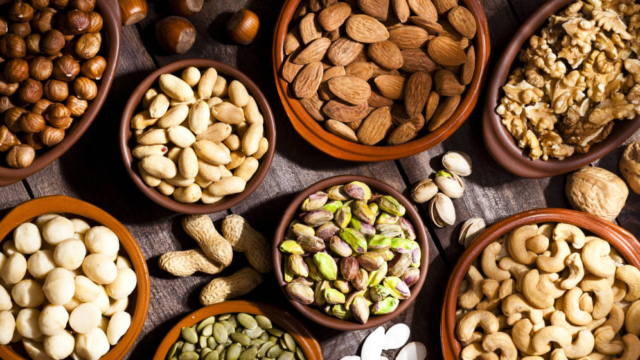
Chocolate and condiments
You can make up for the lack of a chemical compound with the help of some sweets. In large volumes, oxalates are present:
- in dark chocolate - about 117 mg per 100 g;
- in marmalade - about 10 mg.

The compound is found in parsley - up to 110 mg, in moderation it is found in ginger and white pepper.
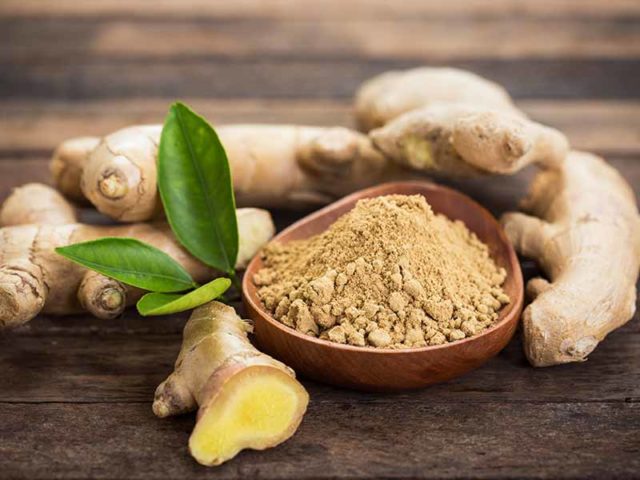
Oxalic acid content table in food
The amount of oxalic acid in products is clearly shown in the table. When composing a diet, it is best to pay attention to foods that contain a high to medium amount of a chemical compound.
|
Products |
Oxalic acid content in mg per 100 g |
|
Braised rhubarb |
866 |
|
Boiled spinach |
750 |
|
Chard |
658 |
|
Cocoa powder |
633 |
|
Beet |
503 |
|
Sprouted wheat grains |
271 |
|
Pecans |
208 |
|
Peanut |
188 |
|
Dark chocolate |
118 |
|
Parsley |
101 |
|
Lemon and lime peel |
94 |
|
Oat groats |
40 |
|
Grapes |
26 |
|
Celery |
21 |
|
Red Ribes |
19 |
|
Strawberry |
16 |
|
Raspberry |
14 |
|
Plum |
10 |
|
Peaches |
5 |
You can get the necessary substance from white bread and spaghetti, bacon and pork. But the dosages in these products are below 5 mg per 100 g and do not cover the daily requirement for oxalates.
Rules for the use of products with oxalic acid
Although the substance is essential for the body to function well, the daily requirement for it is very low. A person needs to get only 20-30 mg of the compound per day, and 50 mg is the upper limit. It is impossible to exceed the maximum dosage, this will lead to unpleasant side effects.
Eating foods with an oxalic chemical must be wise. So, it is not recommended to overuse berries and fruits. To cover the daily intake of a substance, you have to eat a lot of fruits, and this can lead to digestive upset.

Useful Tips
When eating foods that contain oxalic acid, it is easy to get an excess amount of a chemical compound. To prevent this from happening, and the excess substance quickly left the body, you need to follow simple rules:
- eat fresh and high-quality vegetables and herbs;
- when boiling, change the water several times;
- combine foods with oxalic acid with foods that contain calcium.
We must not forget about the daily intake of pure water - you need to drink at least 2 liters per day. If the liquid enters the body in sufficient volumes, then oxalate salts will not accumulate and will not lead to the development of unpleasant consequences.
Conclusion
Products containing oxalic acid are good for the body, but require caution in use. An excess amount of the substance leads to the accumulation of harmful salts and can provoke chronic diseases.

